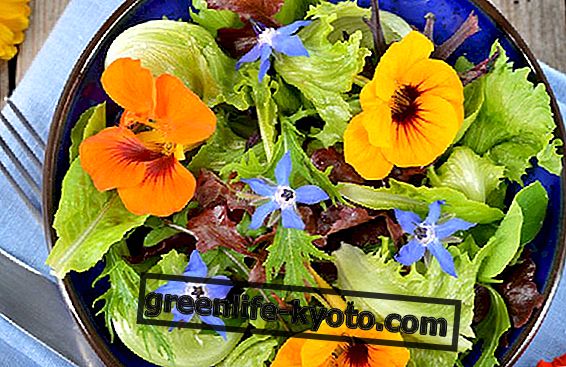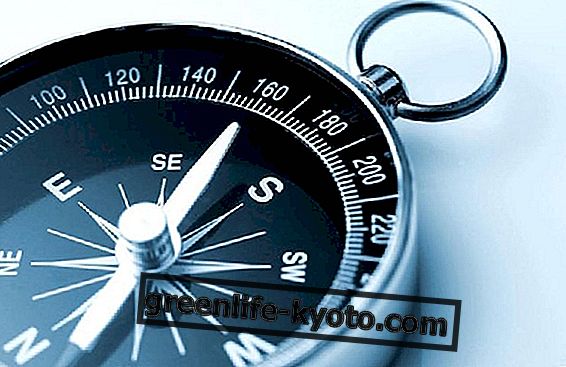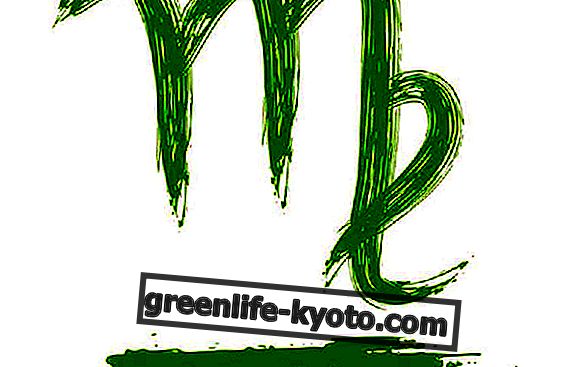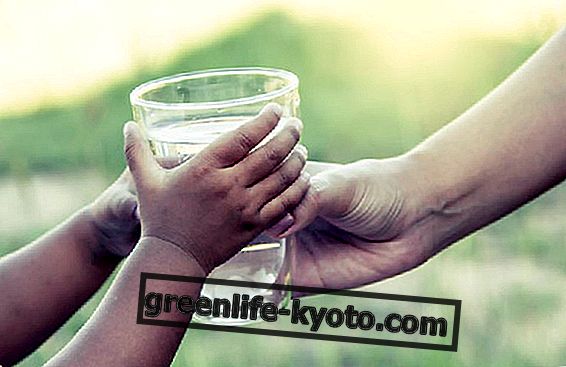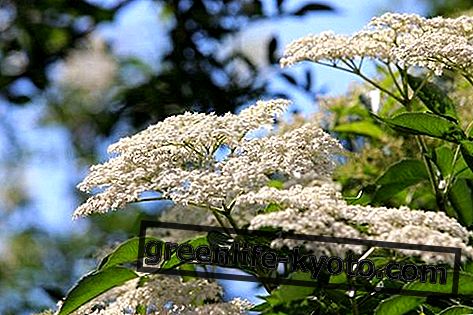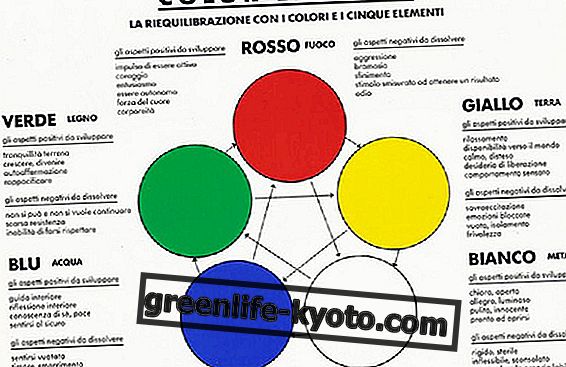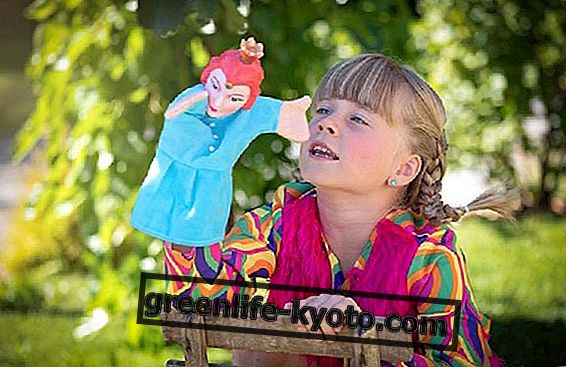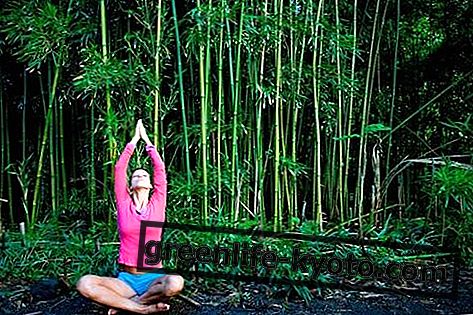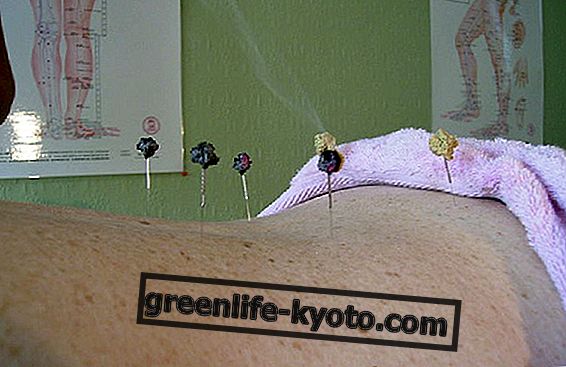
Moxa points in traditional Chinese medicine
Within the medical-philosophical corpus of traditional Chinese medicine, the points of application of moxibustion are the same as acupuncture. The two therapies have the same philosophical basis and, sometimes, they bind. In fact, it may happen that, during an acupuncture session, at the top of the needle embedded in the patient's epidermis, a cigar or artemisia cone is grafted and left to burn. This practice produces intense heat in a specific point of the subject's body and not all those who undergo an acupuncture session can lend themselves to this solution. Otherwise, those who undergo moxatherapy find this method less painful than others for direct cauterization.
Normally, the therapist identifies the points on which to act and subsequently realizes whether the treatment with artemisia should be performed "in tonification" or "in dispersion". It is said that the point is "empty" when it is lacking in energy ( kyo ), while it is "in full" ( jitsu ) if the energy that blocks the affected area must be released, as it is in excess.
If we wanted to advance a summary classification of acupuncture points, and therefore moxa points, we could synthetically organize three groups:
- Points of the 14 meridians : they are in all 361, and are distributed along the 12 Principal Meridians and along the two curious meridians Du Mai and Ren Mai . They are the most used points and, relative to those of the 12 Principal meridians, are symmetrically located in the two parts of the body. The points of the Du and Ren channels are instead located on the anterior and posterior median sagittal, therefore they are single.
- "Extra-meridian" points : located outside the main meridian routes, despite having a precise location and well-defined clinical applications.
Among the points out meridian:
- Curious Points (189): points suggested by tradition with local and remote action.
- New Points (110): points indicated by modern clinical and experimental studies and research.
- Auricular points, acupuncture points, craniopuncture points, etc.
- Ashi points: painful points, located generically.
Moxa points in Tibetan medicine
Several testimonies confirm that the practice of moxibustion, at least in one of its raw components, enjoyed popularity in Tibet even before the Buddhist era. We talk about more than 3000 years ago. Users were not only "medicine men", healers and doctors, but also ordinary people, the people of the mountains who knew the use of moxa to help and heal relatives and animals.
Archaeologists have discovered, in the Dunhang caves, two artifacts that dealt with moxa spots. These texts were not part of the library of the royal palace, a sign that moxibustion was already used before the Tibetan kings began to form a corpus of medical treatises.
Tibetan moxibustion, as opposed to Chinese moxibustion, is not based on the concept of meridians and acupuncture points, but is based on natural psycho-physical energy passages defined as gSang (point). In this conception, the body is compared to a bamboo basket, characterized by energy paths that cover it and that establish connections between the external body and the internal organs. When the body is in the right position (standing), the energy pathways allow heat, delivered by moxibustion and hot therapies, to reach the internal organs correctly. These energy pathways are connected to the life force of the organs and their functions.
In Gyud-sh i, the chapter on the practice of moxibustion mentions more than 71 points . Later, the learned Deumar Geshe (XVIIth century AD) discovered others, for a total of 360 bodily points . In Tibetan, a moxa point is called Tsug, often synonymous with moxibustion. It was Desid Sangye Gyatsho (1653-1705) who created the various anatomical maps, the so-called thangka, to illustrate the moxa points and their effects. On the other hand, the 360 points were tried out by Zurkhar and Deumar Geshe Tenzin Phuntshog .
The body points are pressed or heated with different types of external objects, to cure internal disorders. The above text mentions the moxa points along with the various types of materials used. Here is a list :
• Dhotsug - point heated with stone
• Ratsug - heated spot with animal horns
• Shingtsug - point heated with wood
• Tel-me - point heated with metals
• Ser-tel - point heated with gold
• Ngul-te - point heated with silver
• Zang-tel - point heated with copper
• Chag-tel - point heated with iron
• Zi tshug - point heated with "tiger's eye"
• Metshug - moxibustion
• Khandroe metsa - Dakini moxibustion
• Tendrel metsa - miraculous moxibustion
• Horgyi-metsa - Mongolian moxibustion
• Gyanag-metsa - Chinese moxibustion with water
• Gyagar-metsa - Indian moxibustion
• Thrulme - magic moxibustion
• Melongdarseg - moxibustion with the mirror
• Ngo-tsar-metsa - wonderful moxibustion
• Bame - hidden moxibustion
• Num-tel - moxibustion with oil.



